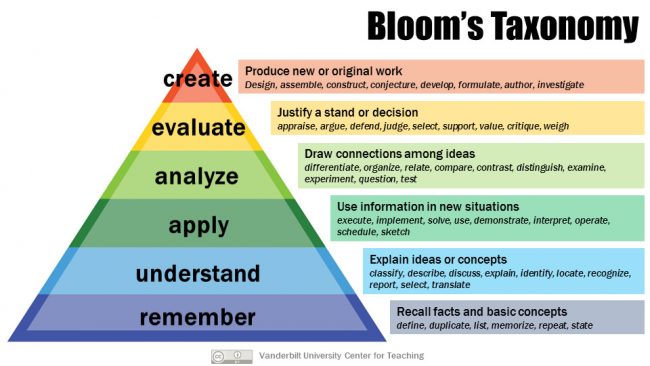As the school year is winding down to the last couple of weeks I couldn’t think of a better blog post to write about, motivation. As I am trying to motivate myself I am also thinking how I could teach my motivation to one of my future students. In my career, Physical education, I plan on motivating students by rewarding them with a fun game whether it’s by class, by week, or by unit. In class, we talked about establishing routines, rules, and consequences for students. If the standards are established from day one, the students should understand if they do anything less there will be a consequence. Backward design is defined as a method of designing educational curriculum by setting goals before choosing instructional methods and forms of assessment. Backward design in Physical Education is important to have a set realistic goal for individuals rather than the class as a whole. If a student can make a set goal for his/her self and prepare for the end of the semester, they will accomplish a lot more than trying to think of it all at once.
As we go to Bloom’s Taxonomy, it was created in order to promote higher forms of thinking in education, such as analyzing and evaluating concepts, processes, procedures, and principles, instead of remembering facts. The steps are to remember, understand, apply, analyze, evaluate, and create. For my lesson plan, I made the students aim for a certain goal they wanted to accomplish by the end of the unit and have all students participate and make it fun for each student. Backward design helped me personally with my lesson plan by beginning with setting a goal for the students and working their way through it at their own pace. Whether they are at the beginning level or expert, I hope to satisfy the wants and needs of all the students that I come across.

|
Established Goals: Have students show skills, knowledge, and interest in the lesson. To enhance proficiency in students. To strengthen students appreciation for physical activity. |
|
|
Understandings: Students will understand that… • Understanding of importance of not just basketball, but any physical activity daily. Also understanding the knowledge of the game of basketball. |
Essential Questions: • Why do people need physical activity? What other activities could be done to accomplish this? |
|
Students will know: • Importance of the cognitive and physical activity an individual can receive from the game of basketball. |
Students will be able to: • Set standards individually and as a class. Have an understanding for the game of basketball. |
|
STAGE 2 – ASSESSMENT EVIDENCE |
|
|
Performance Tasks: Choose goals for the unit and have a checklist for those particular goals. |
Other Evidence: Written end of the unit test for comprehension. |
|
Key Criteria: None of the students will be the same so it is crucial to have goals for individuals and not a standard every kid has to make. |
|
|
STAGE 3 – LEARNING PLAN |
|
Summary of Learning Activities: Give instruction and then assign a goal and have them prepare for what is upcoming Give helpful tips for improvement, don’t just grade on their abilities. Update grades consistently so students know where they are at. class into groups by ability, the advanced groups can move on and the struggling groups can move slower and get extra help. Create some fun activities such as games |
Woolfolk, A. (2014). Educational Psychology: Active Learning Edition. Pearson.
Austin,
I really enjoyed reading your blog post about motivation. I especially liked your take on backward design. I was not really clear on backward design stages when we first learned about it in class, but your explanation really helped me get a better understanding of it. I also really appreciated how you took the time to show how backward design can’t only be used in physical education, but should be used in order to set realistic goals. Not many instructional strategies translate well to P.E. but you definitely showed how this does. Nice job!
Austin,
I think your post is well written and I agree with your points. I think that motivation is challenging to do in every classroom but in P.E, I think it is especially hard to get everyone involved and engaged. You did a nice job explaining how you are going to accomplish that. I am personally not a P.E major so I don’t really know what goes into a general lesson plan and I now understand what types of things you would do to teach the students and get them engaged. Nice Job.